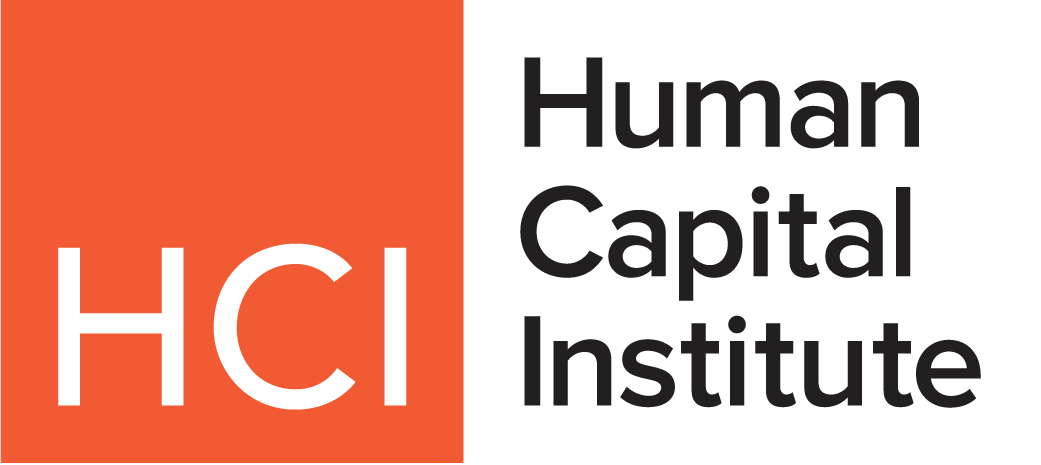Paid time off (PTO) is a mainstay of benefits packages, but too many companies are failing to maximize its value. A significant majority of employees don’t use all the PTO allocated to them each year, and this creates a series of problems for companies. For one thing, it means employees aren’t getting the full benefit of their hard-earned time off, which can lead to frustration, stress, and cultural issues in the workplace. For another, unused PTO creates financial liabilities for many companies that can become a major drain on their resources.
HR teams must address these issues to ensure that they’re increasing the ROI of PTO instead of allowing it to become a drag on their balance sheets and the well-being of employees. One way to do this is by meeting the growing employee demand for flexibility. HR teams can provide flexible benefits such as convertible PTO which enable employees to direct the value of their unused time off toward a wide range of financial goals, such as retirement contributions, student loan payments, or charitable donations. This will show employees that their unique needs and priorities are being taken seriously, which can improve morale, engagement, and retention.
No matter what strategies HR teams deploy to drive ROI on their PTO programs, it’s clear that the status quo has run its course. Companies can no longer allow such an integral benefit to work against them by increasing their financial liabilities and failing to serve employees.
How PTO Has Become Far Too Costly
When a benefit is used as widely as PTO, HR teams should make sure that they’re taking full advantage of it. Unfortunately, there’s ample evidence to suggest that this isn’t the case. According to Harris, 78 percent of American workers don’t use all the vacation days available to them. This leads to two potential outcomes: companies are either building up large unfunded liabilities for unused PTO which they will later have to pay out or employees are simply losing the value of their time off altogether. Neither alternative should appeal to HR teams that want to improve the financial health of the company and employee welfare at the same time.
The PTO consequences companies confront depend on where they’re located. States such as California and Colorado require companies to pay the value of unused PTO upon separation, and they can face fines and other penalties if they fail to do so. Other states allow companies to adopt “use it or lose it” PTO policies, but this creates its own set of problems. Three-quarters of employees say they wish they could take all their PTO, but they feel unable to do so. For example, 63 percent say the pressure to be productive deters them from taking the time off they’ve earned. Nearly half say they feel nervous when asking for PTO.
Other reasons that employees fail to use PTO include feelings of guilt for creating more work for colleagues, fear of missing opportunities, and concerns about how company leaders will perceive them. PTO shouldn’t be a source of stress for employees and a financial liability for companies. Something needs to change.
Flexible Benefits Have Never Been More Vital
The era of one-size-fits-all benefits is rapidly coming to an end. Employees don’t want to be treated as cogs who are indistinguishable from their colleagues — they want HR teams to acknowledge their unique needs and concerns. There has been a fundamental shift in how employees view their roles over the past few years, driven by the transition to remote and hybrid work along with a new focus on work-life balance. This is why 70 percent of employees say they’re interested in customizable benefits.
According to a recent survey of over 26,000 employees around the world, 83 percent consider work-life balance a top motivator, which makes it even more important than compensation. Since the COVID-19 pandemic, a key element of work-life balance for many employees has been the availability of remote and hybrid work. Gallup reports that 81 percent of remote-capable workers are doing either hybrid or fully remote work, and just 7 percent say they would prefer to return to the office full time. But 79 percent of CEOs expect that employees who worked in person before the pandemic will return to the office within three years.
Gallup found that 76 percent of employees who work remotely regard work-life balance as the top benefit. HR teams can make the difficult transition back into the office smoother by providing flexibility in other areas, and benefits such as PTO are the perfect place to start.
How to Increase the ROI of PTO
Too many PTO programs are failing to generate sufficient ROI. In many cases, these programs are actively working against companies by contributing to a culture of stress and overwork — which reduces employee well-being and contributes to disengagement and turnover. As if this wasn’t bad enough, conventional PTO programs are putting companies at financial risk by accumulating huge sums of unpaid liabilities on their balance sheets. There’s no reason to accept this dysfunctional status quo, and HR teams can help companies move beyond it.
Instead of static and costly traditional PTO policies, HR teams should explore a more flexible approach that gives companies and employees more options in the administration and use of PTO. For example, employees can use convertible PTO to ensure that their vacation time is never going to be wasted. Whether this means investing in a retirement fund or collectively donating time to a leave sharing pool, employees deserve the ability to use their PTO as they see fit.
The right PTO policy is crucial for employees and companies alike, as it has a major impact on employee well-being and productivity — as well as the company’s balance sheet. Instead of accepting that PTO is a costly and underused benefit, HR teams should reimagine how it can support employees and the company’s strategic goals.
Join us for a full week of celebration during Employee Benefits Week, April 7th-11th! HR Daily Advisor is bringing you exclusive content and events to help you excel.
Rob Whalen is co-founder and CEO of BNFT.




